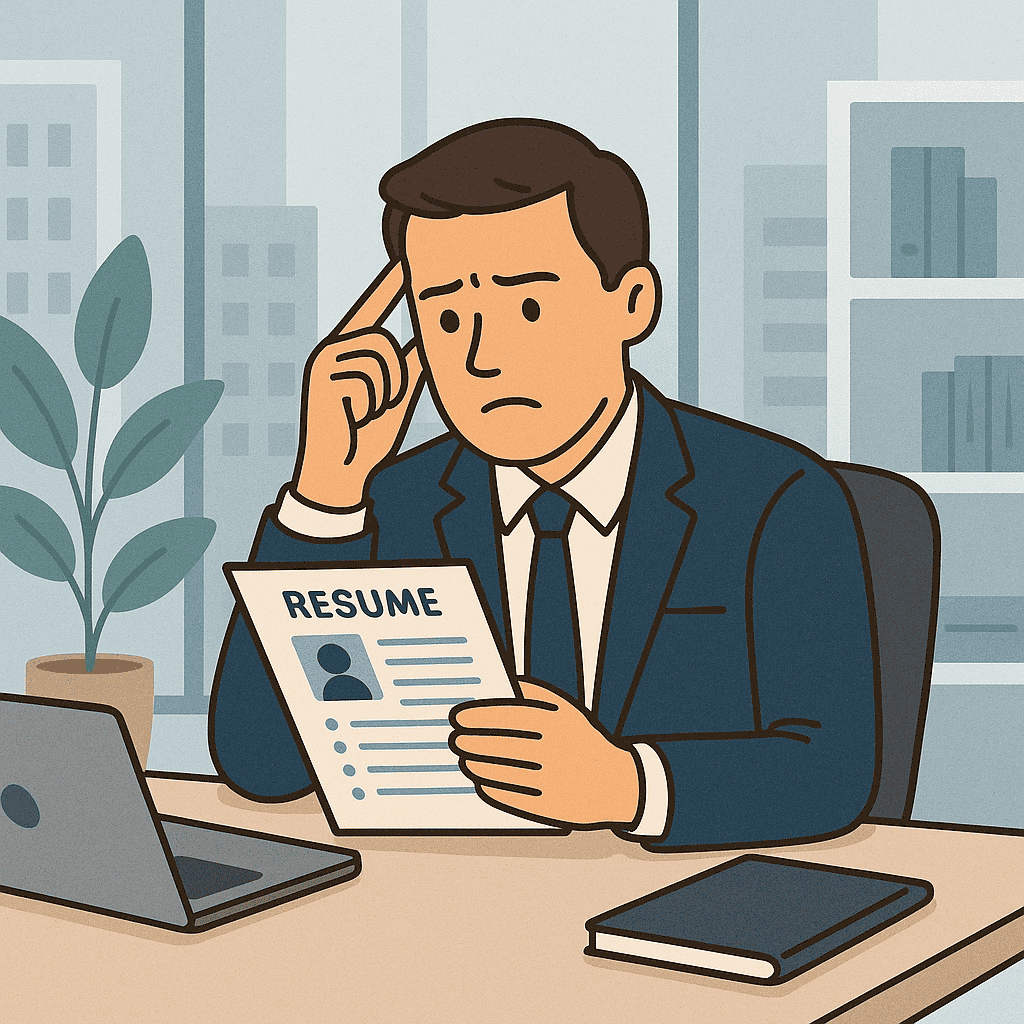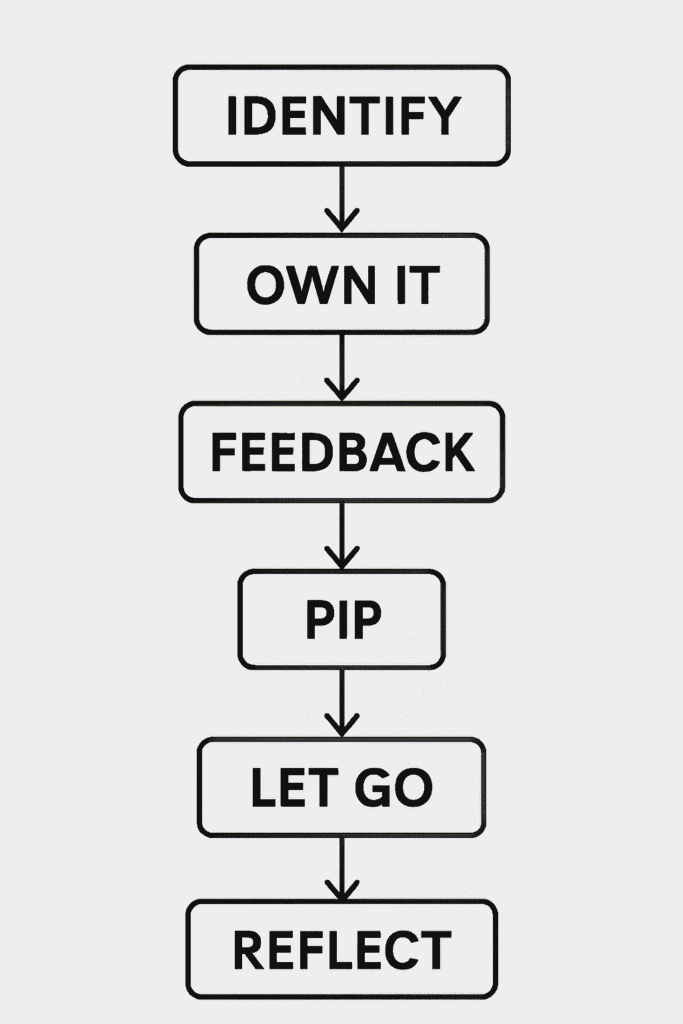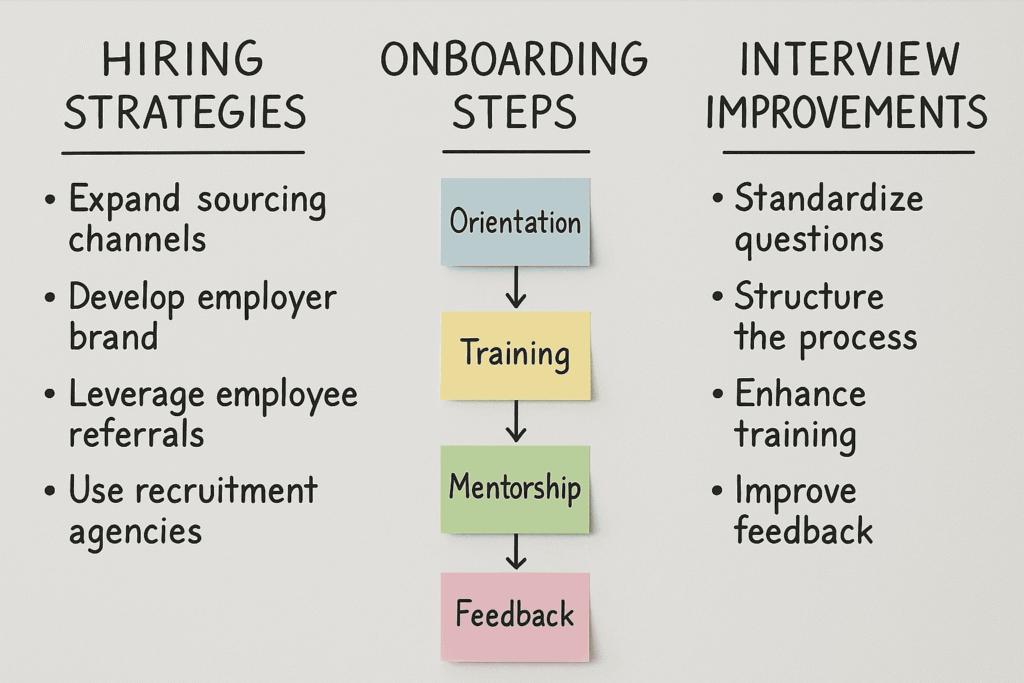You Made a Bad Hire — Now What?
Let’s just say it: hiring the wrong person stinks!
You spent time, energy, and probably a fair amount of budget getting someone in the door—and now it’s clear they’re not the right fit. Maybe it’s a skills mismatch, a cultural disconnect, or something more subtle like attitude or work ethic. Either way, you’re stuck with a problem no leader enjoys facing.
But here’s the thing: a bad hire isn’t the end of the world. In fact, it can be a valuable learning moment—if you handle it the right way.
Here’s a step-by-step guide to navigating this tricky situation.
Step 1: Get Clear on What’s Actually Going Wrong
Before jumping to conclusions, pause and assess. Is this really a “bad hire,” or is this a performance issue that can be fixed?
Ask yourself:
-
Is it a skills gap or a misunderstanding of expectations?
-
Are they a cultural mismatch, or just new and adjusting?
-
Is it a communication issue—or a motivation problem?
Get feedback from the team. Review specific examples. Try to separate emotions from facts.

Step 2: Own Your Part
Yes, the employee might be falling short—but hiring is a two-way street.
Were the job expectations crystal clear?
Did onboarding set them up for success?
Were there red flags during interviews you ignored?
Taking ownership doesn’t mean blaming yourself—it means seeing the system holistically so you can improve it next time.

Step 3: Have the Tough Conversation
This is the moment a lot of leaders avoid—but you can’t fix what you’re not willing to talk about.
Have a direct, honest, and respectful conversation. Be specific. Use examples. Let them know what’s not working—and what needs to change.
Also: ask for their perspective. You might uncover issues you weren’t aware of (like unclear goals, lack of support, or misaligned expectations).
Sometimes, this conversation is enough to turn things around.

Step 4: Give Them a Chance to Improve
If the conversation doesn’t lead to immediate progress, a Performance Improvement Plan (PIP) can help create structure and accountability.
What a good PIP includes:
-
Clear, measurable goals
-
A set timeframe
-
Regular check-ins
-
Support and resources to help them succeed
A PIP isn’t about punishment—it’s about clarity, opportunity, and fairness.

Step 5: Know When to Let Go
Sometimes, despite your best efforts, it’s just not the right fit. That’s okay.
Dragging it out only makes things harder on everyone—your team, your client base, and the person in question.
If it’s time to part ways:
-
Be clear, kind, and respectful
-
Follow your internal HR process
-
Leave the door open for them to grow elsewhere
Ending a professional relationship doesn’t make them a bad person—it just means this role wasn’t the right one.

Step 6: Reflect, Adjust, and Move Forward
Every hiring miss is a chance to improve your process.
What to ask yourself:
-
Should we update our interview questions?
-
Do we need better onboarding?
-
Are we screening for culture as much as we are for skills?
-
Can we add more voices to the hiring process?
Make it a learning moment. Then, use what you’ve learned to make the next hire a great one.

Final Thought
You’re going to make hiring mistakes. Everyone does. But what defines strong leadership is what you do next.
Be honest. Be decisive. Be better next time.
Because hiring is one of the most important things you do as a leader—and every step you take to improve that process will pay dividends.






